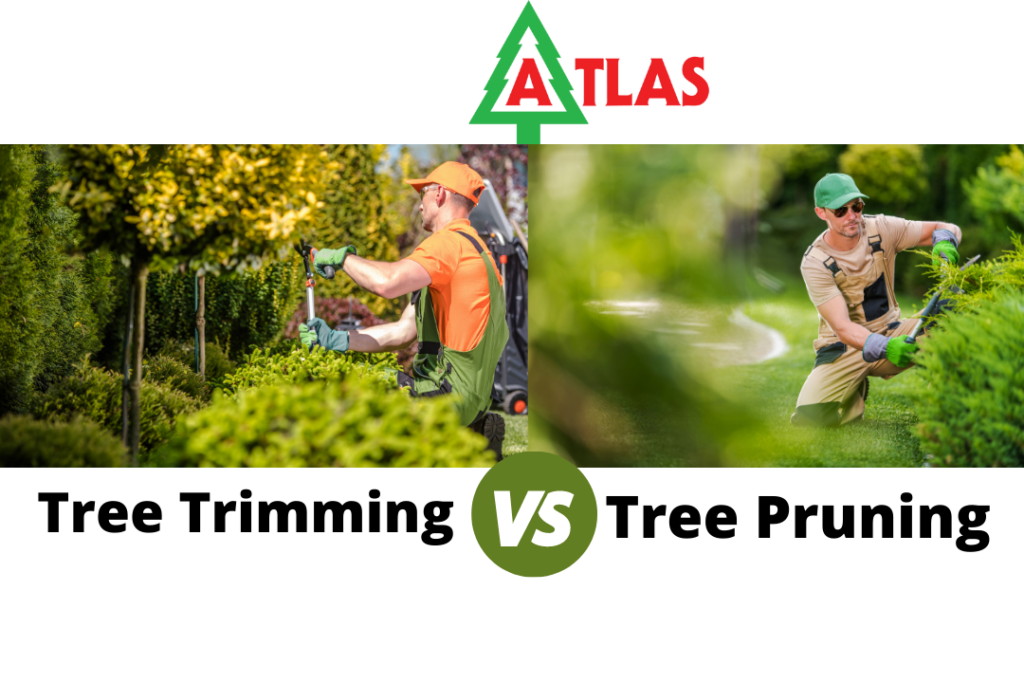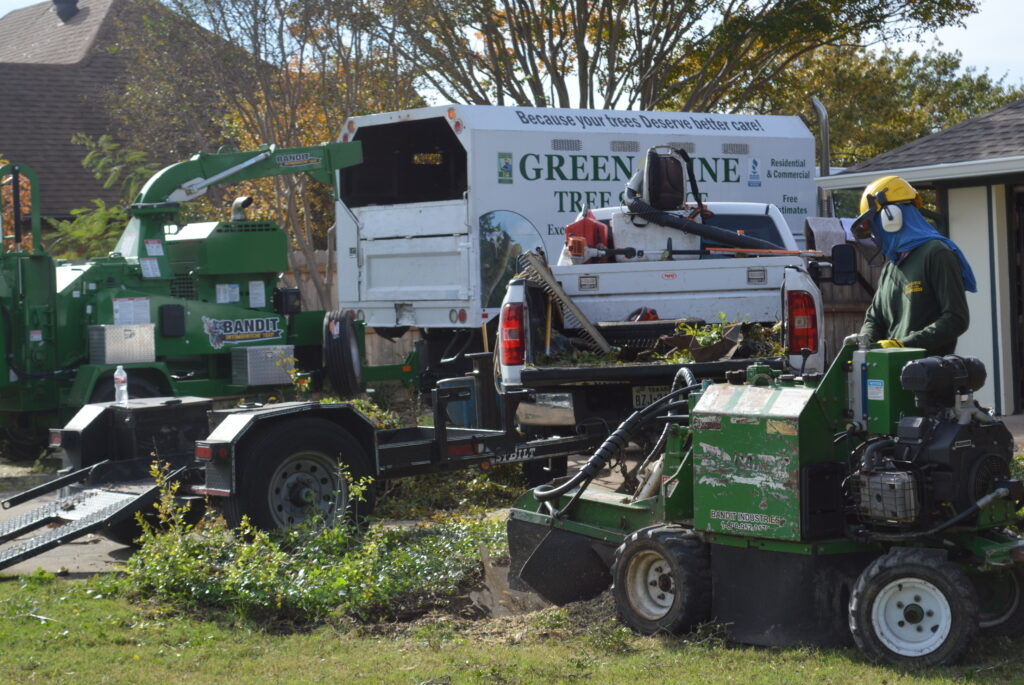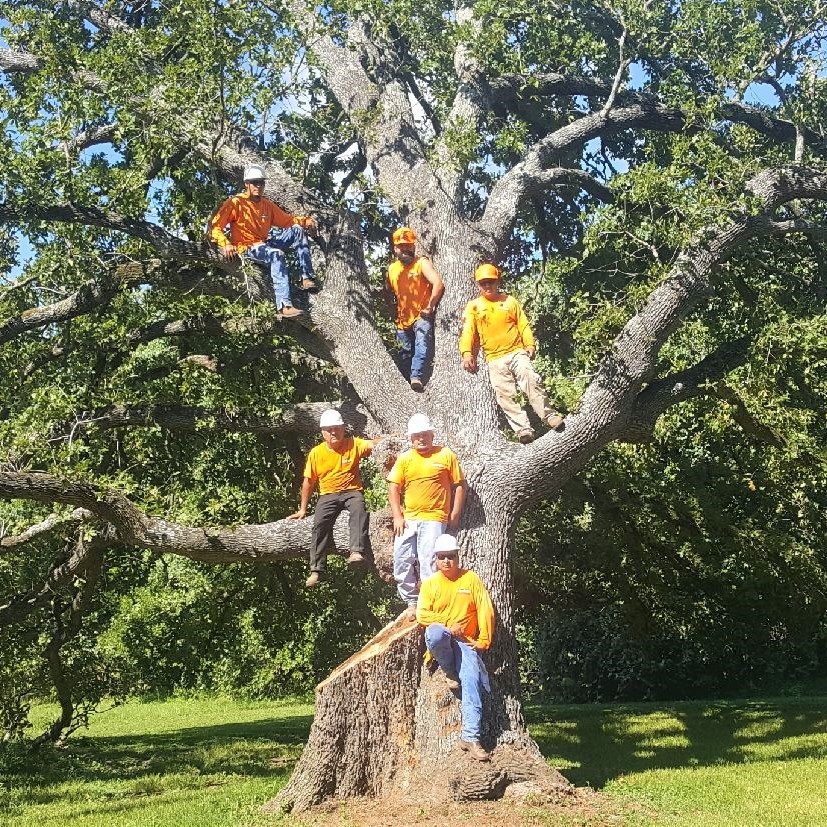Tree Pruning vs Trimming – What’s the Difference?
Taking care of your trees is not just about making them look pretty. The focus is on guaranteeing their well-being and protection for the future. But when it comes to maintenance, do you know the difference between tree pruning and tree trimming? While both are essential to tree care, they serve different purposes and require specific techniques. Let’s dive deep into the world of tree maintenance and explore the differences between these two tasks.
Introduction to Tree Maintenance
Trees are vital parts of our landscapes. Trees offer shade, enhance air quality, and can boost your property’s value. However, like all living organisms, they require proper care to thrive.. Tree maintenance isn’t just a one-time task; it’s an ongoing commitment to ensure their health, growth, and beauty.
Why Tree Care is Essential
Healthy trees don’t just happen by accident. Just like you wouldn’t skip regular checkups for yourself, your trees need attention too. Regular care helps them thrive in their environment and prevents problems like diseases, overgrowth, and dead branches.
Benefits of Regular Tree Maintenance
Healthier Trees: Proper care promotes healthy growth, making trees more resistant to diseases and pests.
Safety: Regular pruning and trimming prevent branches from becoming hazards that could fall and damage property or injure someone.
Aesthetic Appeal: A well-maintained tree enhances the beauty of your yard and can complement your landscape design.
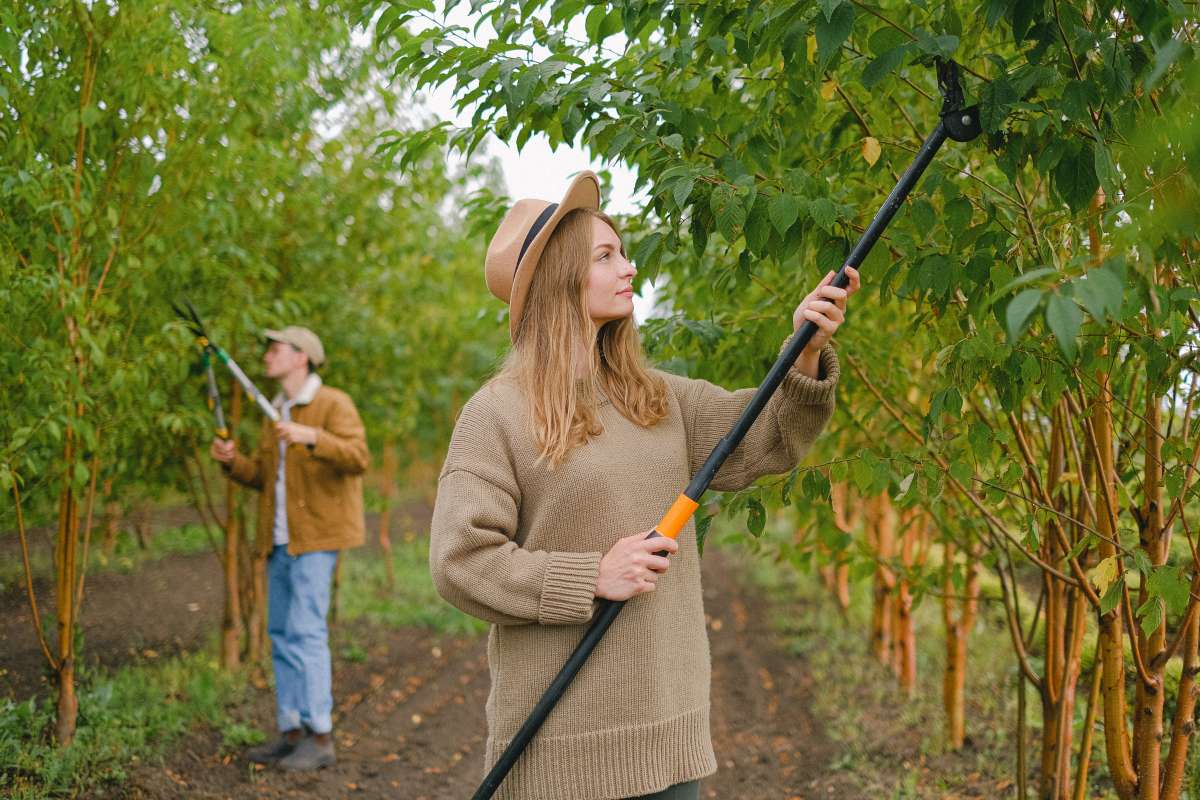
Avoiding Common Tree Health Issues
Without consistent care, trees can fall victim to diseases, pests, and decay. Overgrown branches can block sunlight, restricting the tree’s ability to grow properly. Furthermore, dead or damaged limbs can spread decay, affecting the entire tree.
What is Tree Pruning?
Definition of Tree Pruning
Tree pruning involves selectively removing certain parts of a tree, such as dead or diseased branches, to encourage healthy growth. It is primarily a health-focused task meant to improve the tree’s structure and longevity.
Purpose of Tree Pruning
Pruning is like giving your tree a haircut – but one that’s strategic. It’s meant to:
Encourage Healthy Growth: By removing dead or diseased branches, the tree can focus its energy on new, healthy growth.
Prevent Disease: Regular pruning eliminates parts of the tree that could harbor diseases, fungi, or pests, keeping the tree robust.
What is Tree Trimming?
Definition of Tree Trimming
While pruning focuses on health, tree trimming is all about aesthetics and safety. It involves cutting back overgrown branches, particularly those that might pose a hazard or detract from the appearance of the tree.
Purpose of Tree Trimming
Enhancing Aesthetic Appeal: Trimming helps shape the tree, giving it a clean, well-kept look.
Removing Hazardous Branches: Overgrown branches near power lines, homes, or walkways need to be cut back for safety reasons.
Key Differences Between Pruning and Trimming
Focus on Functionality vs. Appearance
Pruning is health-oriented. It’s about ensuring the tree can grow strong and disease-free. Trimming, on the other hand, is more about maintaining the tree’s shape and safety.
Frequency and Timing
Pruning is usually done less frequently, as it’s more of a maintenance task needed to promote long-term health.
Trimming can be done more often, especially in fast-growing trees that need regular aesthetic upkeep.
Tools and Techniques Used
The tools for pruning often include hand saws, loppers, and pruning shears, while trimming may involve hedge trimmers or chainsaws for larger branches. Pruning requires more precision, whereas trimming can be more straightforward.
When Should You Prune or Trim Your Trees?
Ideal Times for Tree Pruning
Most experts agree that the best time to prune trees is during the dormant season, typically late winter or early spring. During this time, trees are not actively growing, making it easier to assess their structure and make necessary cuts.
Best Times for Tree Trimming
Trimming can be done at almost any time of year, depending on the tree species and your climate. However, many prefer to trim in late spring or summer when the tree is in full bloom, allowing you to shape it while it’s actively growing.
Benefits of Hiring Professionals for Tree Care
Safety Considerations
Climbing trees with sharp tools is not for everyone. Professional tree care services have the right equipment and training to ensure that the job is done safely and correctly.
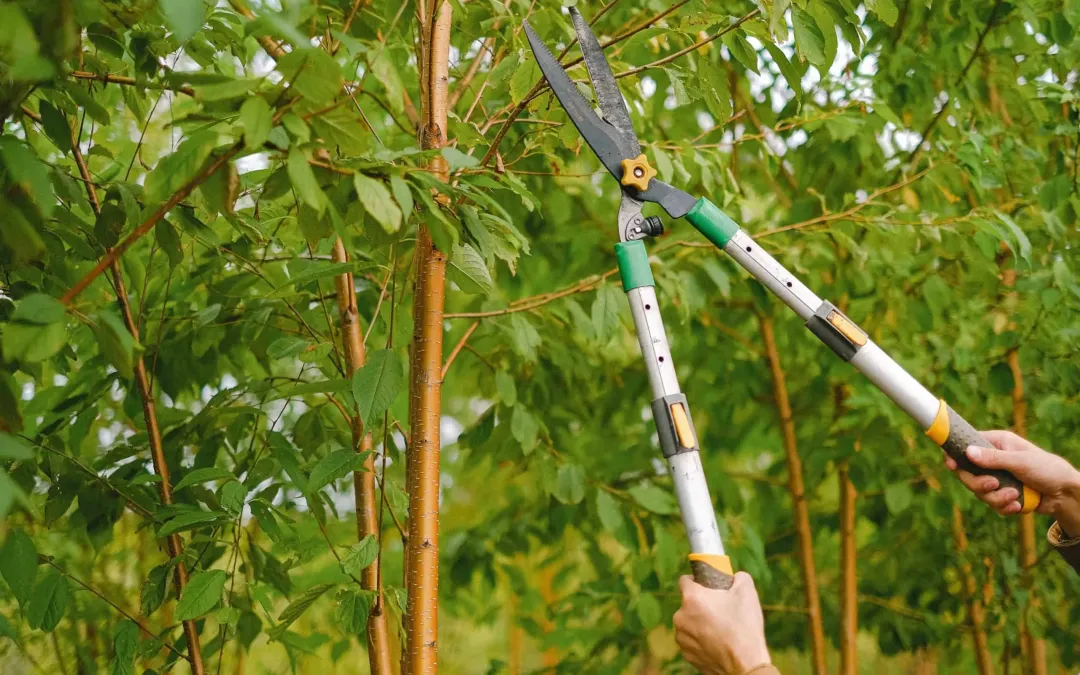
Expert Knowledge
Professionals understand the science behind tree growth and can identify early signs of disease or structural issues that an untrained eye might miss. This expertise ensures your trees remain healthy for years to come.
Common Mistakes in Pruning and Trimming
Over-pruning or Over-trimming
One common mistake is being too aggressive with pruning or trimming. Over-pruning can weaken a tree and leave it vulnerable to disease, while over-trimming may ruin its appearance and harm its growth.
Using the Wrong Tools
Using dull or inappropriate tools can cause damage to the tree, leading to improper cuts that may take longer to heal, inviting pests or disease.
Conclusion
Both pruning and trimming are essential to tree care, but they serve different purposes. Pruning focuses on the tree’s health, while trimming enhances its appearance and safety. Knowing when and how to perform these tasks is crucial for maintaining your trees’ long-term well-being. Whether you’re a DIY enthusiast or prefer to hire professionals, understanding the nuances of pruning and trimming will help you make informed decisions for your tree care needs.
